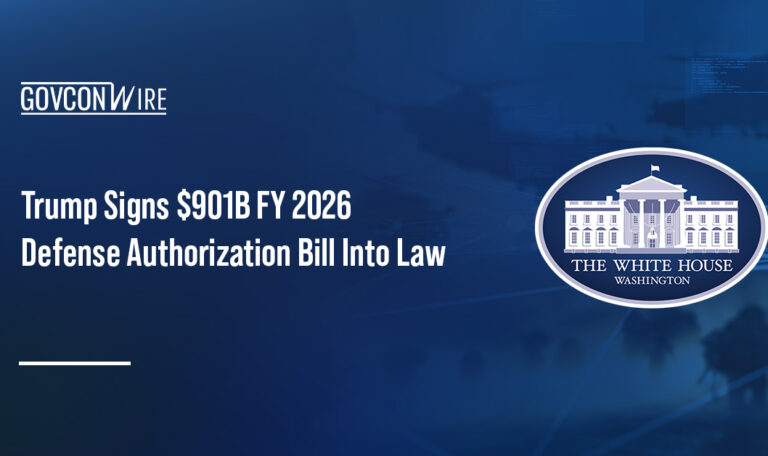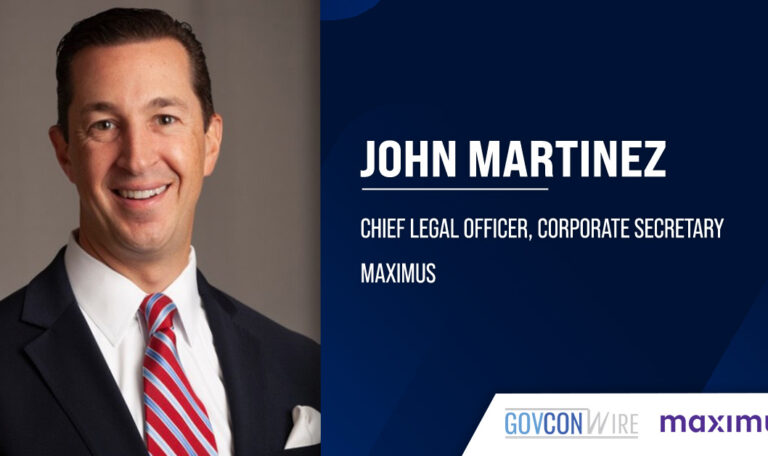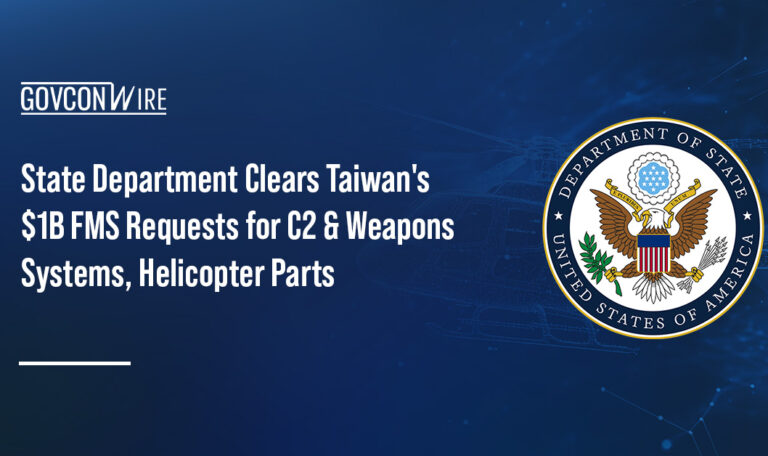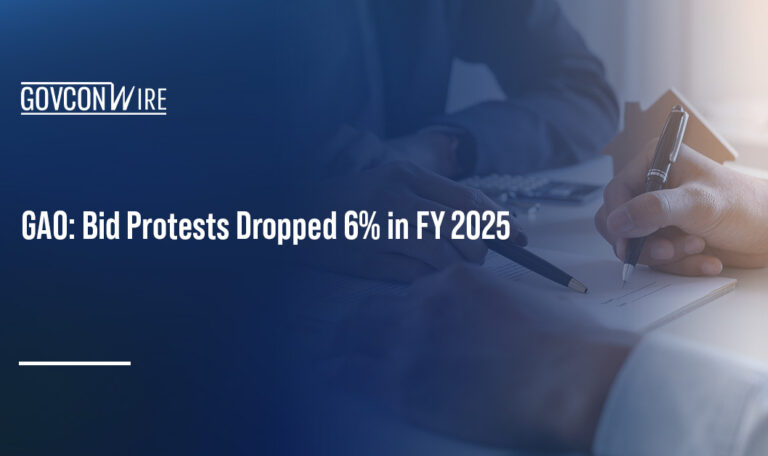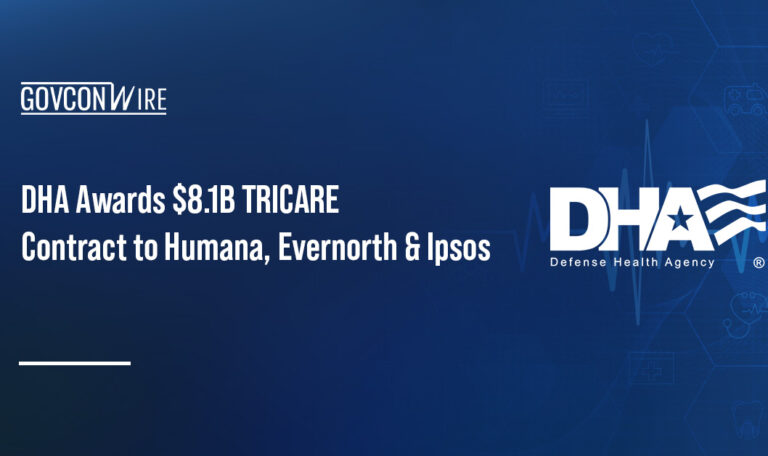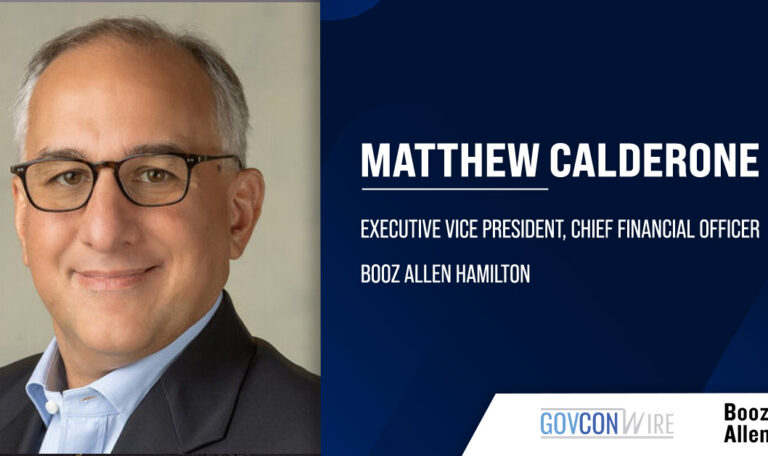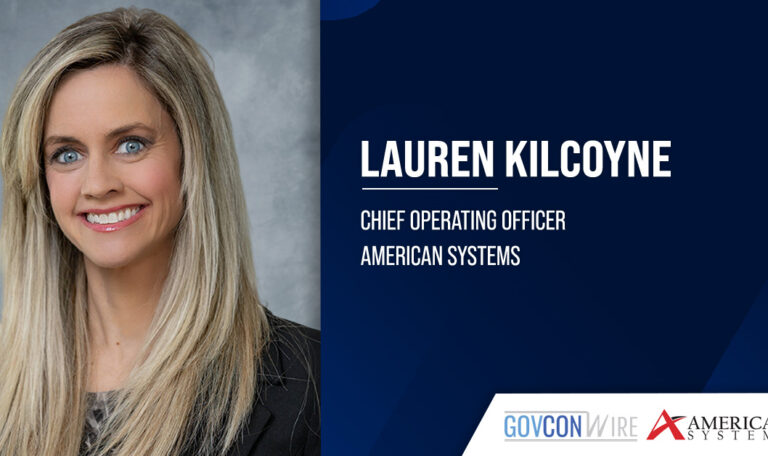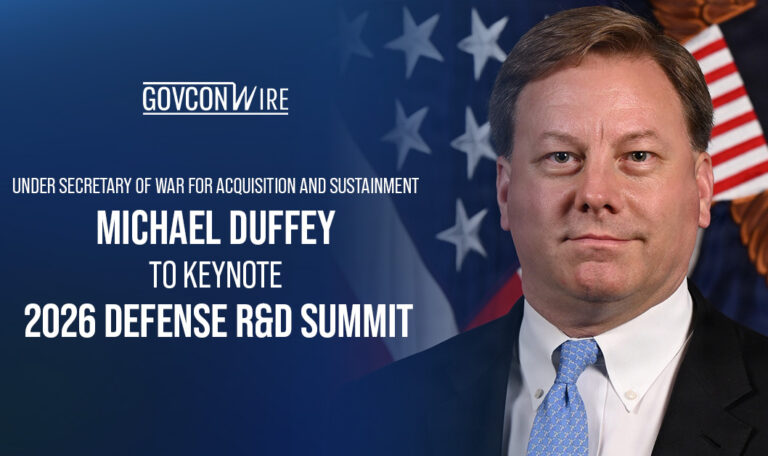Emily Murphy, former administrator of the General Services Administration and current senior fellow at the George Mason University Business School’s Center for Government Contracting, has published her latest article as a part of Executive Mosaic’s GovCon Expert program.
GovCon Expert Emily Murphy, who serves as a partner of CEO Coaching International and is a three-time Wash100 Award recipient, provided an overview of the Ostensible Subcontractor rule as well as the rulemaking changes in policy and challenges that are in process for small business prime contractors.
You can read Emily Murphy’s full GovCon Expert article below:
SBA’s Proposed Changes to the Ostensible Subcontractor Rule
By GovCon Expert Emily Murphy
On September 9, 2022, SBA issued a proposed rule, “Ownership and Control and Contractual Assistance Requirements for the 8(a) Business Development Program.” Despite its name, the proposed rule goes far beyond the 8(a) program. In this article, I’ll discuss what it means in terms of the Ostensible Subcontractor rule.
What is the Ostensible Subcontractor rule?
In a 2021 Size Appeal, the Office of Hearings and Appeals (OHA) at SBA said the Ostensible Subcontractor rule, “provides that when a subcontractor is performing the primary and vital requirements of the contract, or when the prime contractor is unusually reliant upon the subcontractor, the two firms are affiliated for purposes of the procurement at issue.”
At its heart, the rule is trying to determine whether the proposed small business is only nominally the prime contractor, with the financially and technically significant work being performed by subcontractor in order to subvert the small business size standards or the eligibility requirements for a particular socio-economic program.
The current rule is found a 13 C.F.R. § 121.103(h)(2), where it states that a “contractor and its ostensible subcontractor are treated as joint venturers for size determination purposes.
An ostensible subcontractor is a subcontractor that is not a similarly situated entity, as that term is defined in[13 C.F.R. § 125.1], and performs primary and vital requirements of a contract, or of an order, or is a subcontractor upon which the prime contractor is unusually reliant.”
Thus, a company otherwise presenting as a small business may be found to be other than small if it is relying on its ostensible subcontractor.
To determine whether a subcontractor should be consider an ostensible subcontractor, the current regulation states that , “[a]spects of the relationship between the prime and subcontractor are considered, including, but not limited to, the terms of the proposal (such as contract management, technical responsibilities, and the percentage of subcontracted work), agreements between the prime and subcontractor (such as bonding assistance or the teaming agreement), and whether the subcontractor is the incumbent contractor and is ineligible to submit a proposal because it exceeds the applicable size standard for that solicitation.”
How does this rulemaking change the Ostensible Subcontractor rule?
With the September 8, 2022 proposed rule, SBA makes a few significant revisions to the Ostensible Subcontractor rule. The most notable change responds to the four-part test OHA enunciated in the Size Appeal of DoverStaffing, Inc.. This 2011 decision requires SBA to consider:
- If the subcontractor is the incumbent contractor and ineligible to compete for the contract;
- If the prime contractor intends to hire the “large majority” of its workforce from the subcontractor;
- If the prime contractor’s proposed management previously served with the subcontractor on the incumbent contract; and
- If the prime contractor lacks relevant experience and must rely upon its more experienced subcontractor to win the contract.
While the second and third prong of the DoverStaffing test recall factors found in the newly formed concern rule, the first prong is probably the most interesting. It seeks to identify firms that have been successfully performing under a set-aside contract but have outgrown eligibility for award as a prime.
In these cases, many companies seek to find a way to retain at least a portion of the work they once performed by becoming a subcontractor to a new prime. When done appropriately, it means that the new prime gets the benefit of an experienced subcontractor, and the government maintains some continuity of operations.
However, when done with the intention of subverting questions around size and eligibility, it can undermine the intention of the program. In the proposed rule, SBA states that when all four factors of the DoverStaffing test are met, OHA is more likely to find a “violation of the ostensible subcontractor rule . . . if the subcontractor will perform 40% or more of the contract.”
Notably, this is less than the 50% permitted by the Limitation on Subcontracting (LOS) rule.
With this rulemaking, SBA proposes to add the third and fourth prongs of the DoverStaffing test to the to the Ostensible Subcontractor rule. In doing so, it provides some additional clarity for small business, but does not limit OHA’s ability to continue applying all four factors of the DoverStaffing test.
SBA clearly prefers considering “all elements of the relationship between the prime and its subcontractor” but the failure to clarify the application of prongs one and two will create more confusion for small businesses.
What challenges may this pose for small business prime contractors?
While SBA is not explicitly adopting the second part of the DoverStaffing test, it fails to address how OHA’s application of this test creates a potential conflict with other procurement rules.
Specifically, there is tension between the Nondisplacement rule, LOS rule, and OHA’s desire to look at whether the new prime will hire the “large majority” of its workforce from the subcontractor.
In July, the Department of Labor published a proposed rule to implement Executive Order 14,055, Nondisplacement of Qualified Workers Under Service Contracts.
The DOL rule (Nondisplacement rule), which is expected to be followed by a FAR change, implements a requirement that for “service contracts which succeed contracts for the same or similar services . . . shall include a non-displacement clause.”
This clause requires the winning company to offer “qualified employees employed under the predecessor contract a right of first refusal of employment under the successor contract.” A prime contractor may meet the Nondisplacement requirement by having the subcontractor retain much of its current workforce.
However, when the prime is a small business and the subcontractor an incumbent contractor ineligible for the recompete, it creates a catch-22 for the new prime contractor. Because the new prime contractor must comply with the LOS rule, it cannot meet its Nondisplacement obligations by allowing its subcontractor to retain the “large majority” of its workforce.
However, if the prime contractor instead hires those employees, it may be found to violate the Ostensible Subcontractor rule.
This suggests that it is safest for a small business to avoid subcontracting with the incumbent, lest the two be found affiliated under the Ostensible Subcontractor rule. However, if the contract is awarded using FAR part 15 procedures, the small business is again at a disadvantage.
FAR 15.305 directs that the “evaluation should take into account past performance information regarding predecessor companies, key personnel who have relevant experience, or subcontractors that will perform major or critical aspects of the requirement.” (emphasis added).
A small business that declines to partner with the incumbent may be at a competitive disadvantage in terms of key personnel and past performance evaluations. This forces a small bidder to weigh the value of proposing a more competitive bid against the risks of a challenge to its small business status.
How does this rulemaking change the Ostensible Subcontractor rule for construction contracts?
In addition to addressing the DoverStaffing factors, SBA also clarifies how the Ostensible Subcontractor rule applies to construction contracts. It proposes to restrict application of the rule in the case of general construction contracts.
Specifically, it will apply the Ostensible Subcontractor rule only to the “management and oversight” of a construction project. The rule will not apply to the “actual construction or specialty trade construction work performed.”
In keeping with the application of the LOS rule to construction contracts, this envisions that within general construction contracting it is expected that the prime contractor will retain management of the contract but may subcontract up to 85% of the work to non-similarly situated firms. may delegate a large portion of the actual construction work to its subcontractors.
This is an important change, because complex design-build and traditional construction projects require reliance on capable subcontractors. Currently, a small business general contractor could be found to be unduly reliant on a subcontractor performing the majority of the work on a construction contract, even if that subcontractor held no management responsibilities.
How does the Ostensible Subcontractor rule change for HUBZone, SDVOSB, and WOSB/EDWOSB firms?
While the Ostensible Subcontractor rule is generally discussed during protests on small business set asides, it is equally an issue for SBA’s other socio-economic contracting programs.
While primes qualifying as SDVOSB, HUBZone, or WOSB/EDWOSB firms may subcontract to similarly situated firms without violating the LOS rules, this rule clarifies that compliance with the LOS rules does not inoculate companies against challenges posed by the Ostensible Subcontractor rule.
While the challenge will not be to the subcontract with an entity that also qualifies for the relevant program, the proposed rule “prohibit[s] a non-similarly situated subcontractor from performing primary and vital requirements of a contract” and expressly allows status protests as a result.
What about the SBIR/STTR program?
The proposed rule clarifies that the Ostensible Subcontractor rule applies to awards under the Small Business Innovation Research and the Small Business Technology Transfer (SBIR/STTR) program.
This is particularly interesting in light of the recent reauthorization of the programs, because that reauthorization requires GAO conduct studies on subcontracting within the SBIR/STTR programs.
What’s next?
SBA is soliciting comments on the proposed rule. These may be submitted here, or sent to Mark Hagedorn, Attorney Advisor, Office of General Counsel, U.S. Small Business Administration, 409 Third Street SW, Washington, DC 20416. The comment period closes on November 8, 2022.




